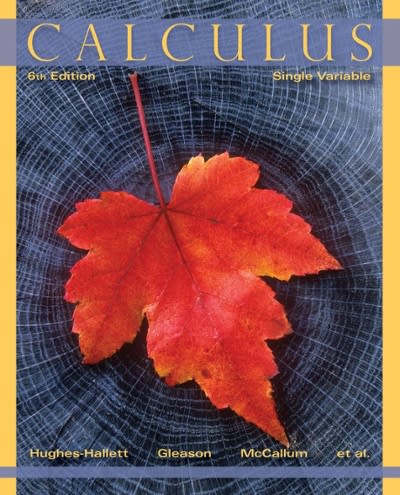Question
1.The CDC webpage NCHHSTP Atals https://www.cdc.gov/nchhstp/atlas/index.htm was used to gather data on the cases of chlamydia in North Carolina for 2015.Note that the rate is
1.The CDC webpage NCHHSTP Atals https://www.cdc.gov/nchhstp/atlas/index.htm was used to gather data on the cases of chlamydia in North Carolina for 2015.Note that the rate is the same as finding the experimental probability of a random individual in the age group with chlamydia. The rate per 100,000 people shows how many people out of 100,000 would have chlamydia.
Age Group
0-14
15-19
20-24
25-29
30-34
35-39
40-44
45-54
55-64
65+
Cases
458
17,516
26,117
11,385
4,509
2,255
1,037
863
186
35
Rate
0.0241%
2.65%
3.63%
1.7%
0.706%
0.357%
0.156%
0.0629%
0.0146%
0.002%
Rate per 100,000 people
24.1
2650.3
3630.4
1700.4
705.6
356.6
156.3
62.9
14.6
2.3
A.Which age group in North Carolina has the lowest rate of chlamydia?
1A)
65+
B.Which age group in North Carolina has the highest incidence rate of chlamydia?
1B)
20-24
C.Determine the empirical .
1C)
D.Take the total number of cases chlamydia and divide that by the population of NC in 2015, which was 10.04 million. What is that number and explain the meaning of it.
1D)
E.Determine the empirical .
1E)
F.Determine the empirical .
1F)
G.Explain why or why not each person in the 20-24 age group has the same empirical probability of having chlamydia.
1G)
H.Suppose that an individual has three different sexual partners from within the 20-24 age group and suppose that all people in that age group are equally likely carriers of chlamydia.
a.Determine the empirical Partner 1 and Partner 2 and Partner 3 have chlamydia .
1H.a)
b.Determine the empirical Partner 1 and Partner 2 and Partner 3 do not have chlamydia
1H.b)
c.Determine the empirical .
1H.c)
d.Suppose that the number of sexual partners is increased to 15. Determine the empirical .
1H.d)
e.Determine how many different sexual partners, from within the 20-24 age group, one would have to have such that there would be a 35% probability that at least one partner had chlamydia. (Again, suppose that all people in that age group are equally likely carriers of chlamydia.)
1H.e)
I.Fortunately, gonorrhea, chlamydia, and syphilis are bacterial infections that can be cured when diagnosed properly. Yet, genital herpes is a virus that, while treatable, is incurable."The CDC estimates that, annually, 776,000 people in the United States get new herpes infections. Genital herpes infection is common in the United States. Nationwide, 16.2%, or about one out of six, people aged 14 to 49 years have genital HSV-2 infection. Over the past decade, the percentage of persons with genital herpes infection in the United States has remained stable."http://www.cdc.gov/std/herpes/STDFact-Herpes.htm
Suppose that a person has three sexual partners from within the 14-49 age group and suppose that all people in that age group are equally likely carriers of genital herpes.
a.Determine Partner 1 and Partner 2 and Partner 3 is a genital herpes carrier .
1I.a)
b.Determine Partner 1 and Partner 2 and Partner 3 are not a genital herpes carrier .
1I.b)
c.Determine .
1I.c)
d.Suppose that you increase your number of sexual partners to 10. Determine .
Explain why or why not you are surprised at this probability.
Step by Step Solution
There are 3 Steps involved in it
Step: 1

Get Instant Access to Expert-Tailored Solutions
See step-by-step solutions with expert insights and AI powered tools for academic success
Step: 2

Step: 3

Ace Your Homework with AI
Get the answers you need in no time with our AI-driven, step-by-step assistance
Get Started


